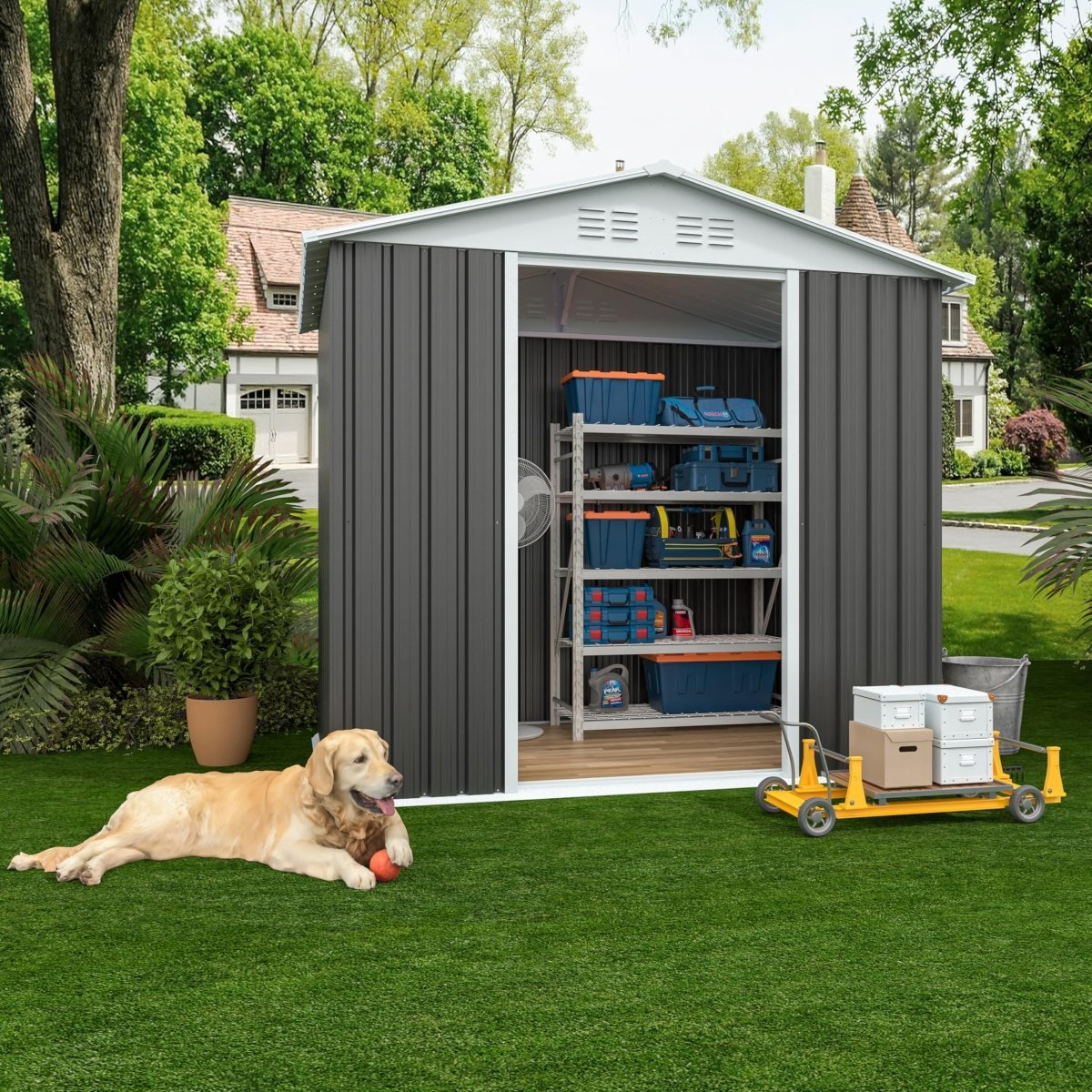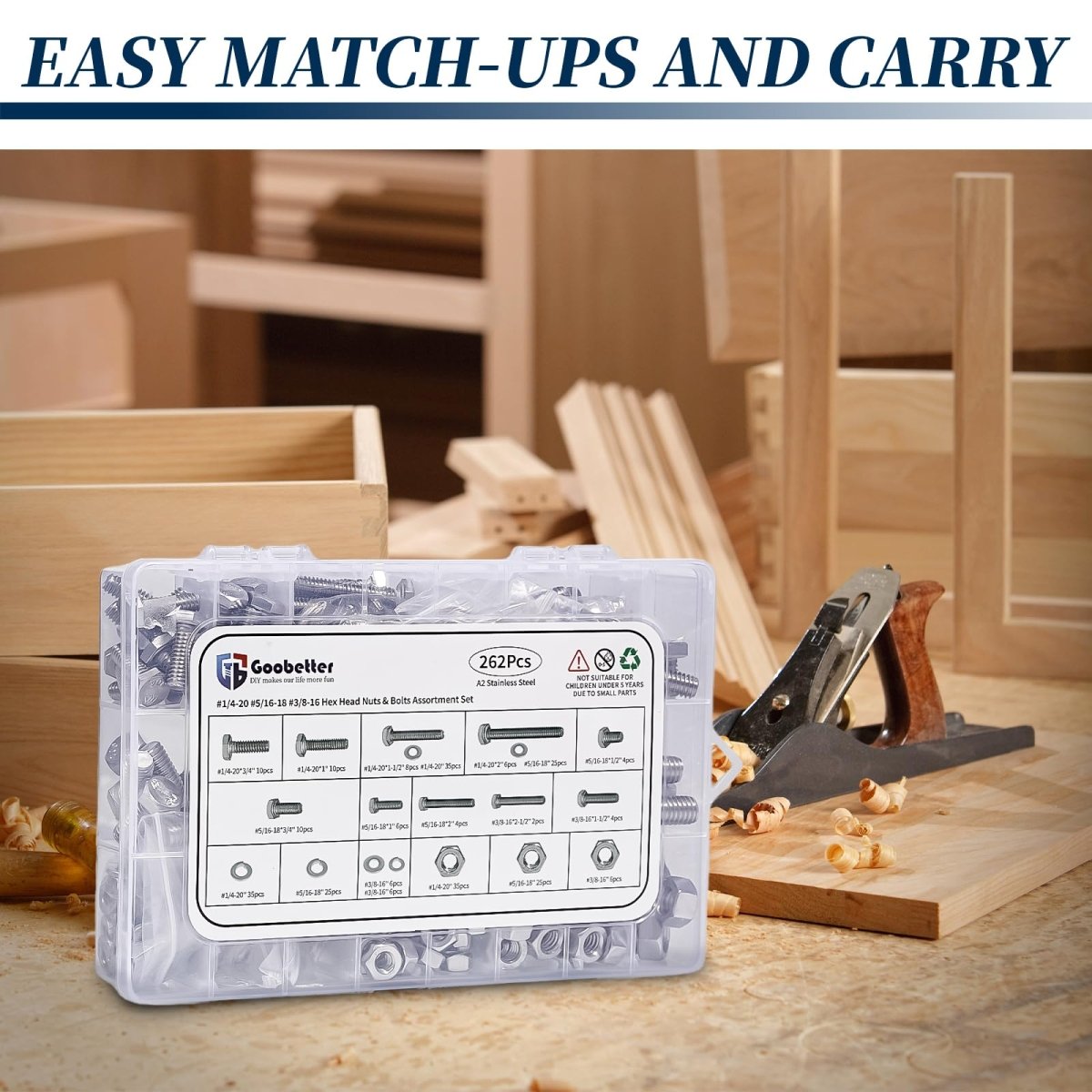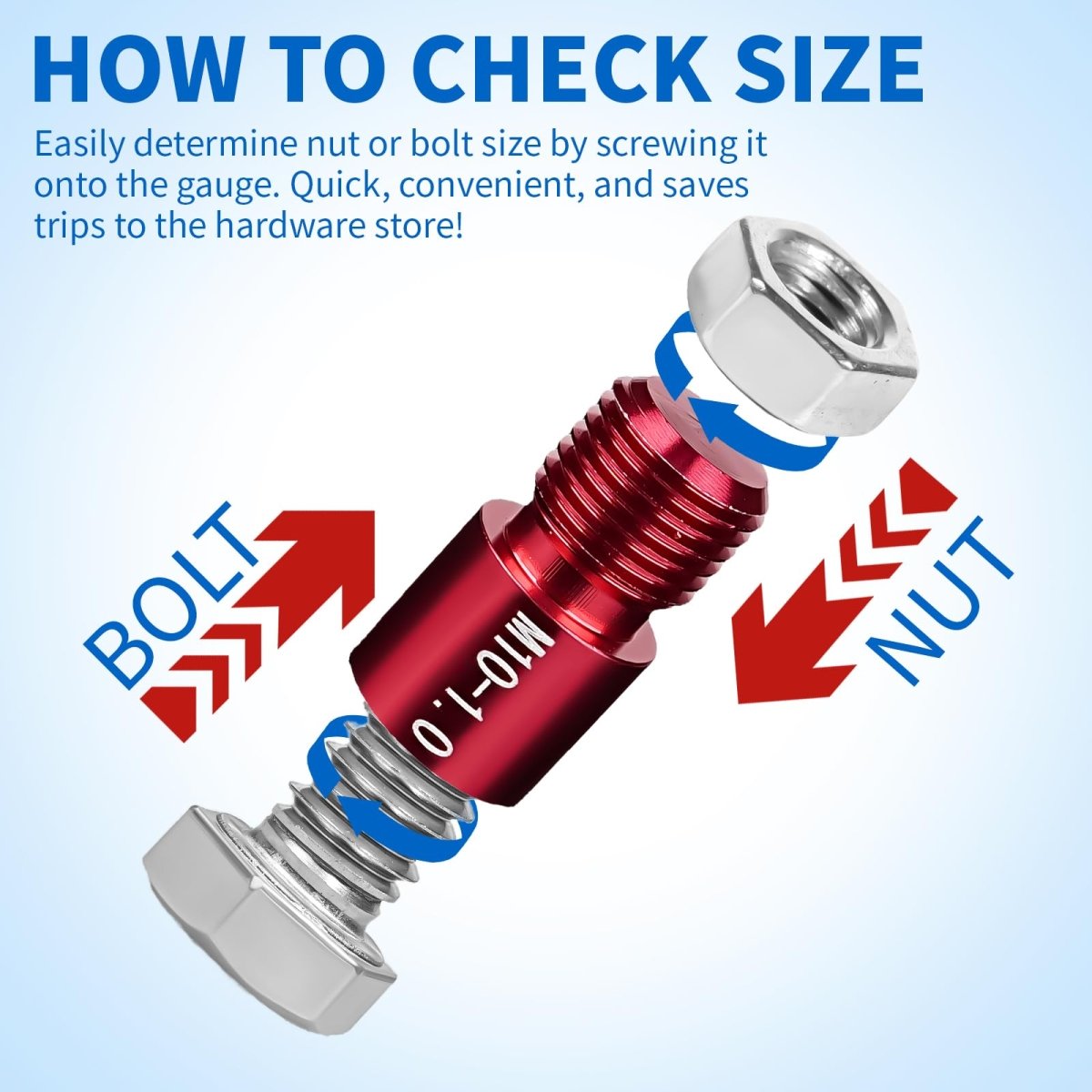-
Why Your Plastic Storage Shed Foundation Matters More Than You Think
-
Site Selection: Finding the Perfect Spot
-
Essential Tools & Materials Checklist
-
Foundation Option 1: The Gravel Pad (DIY Favorite)
-
Foundation Option 2: Concrete Slab (Maximum Permanence)
-
Foundation Option 3: Paver Platform (Quick & Level)
-
Foundation Option 4: Timber Frame (Adjustable & Affordable)
-
Critical Step: Leveling Like a Pro
-
Anchoring Your Plastic Storage Shed Against Wind & Weather
-
Drainage: The Secret to Preventing Floods & Rot
-
Common Foundation Mistakes That Will Ruin Your Shed
-
Pro Tips from Contractors You Won’t Find in the Manual
-
FAQs: Your Foundation Questions Answered
-
Conclusion: Build Smart, Enjoy for Decades
1. Why Your Plastic Storage Shed Foundation Matters More Than You Think ⚠️
Let’s crush a myth: "It’s just plastic—I can plop it on the grass!" Big mistake. While plastic storage sheds are lighter than wood or metal, they’re vulnerable to:
-
Ground Shift: Frost heave (freezing/thawing soil) twists frames, jamming doors.
-
Water Damage: Pooling water rots floorboards (even plastic ones!) and breeds mold.
-
Wind Uplift: 50+ mph winds can flip unanchored sheds like tumbleweeds.
-
Pest Entry: Uneven bases create gaps that allow mice, snakes, and insects to enter.
A proper foundation solves all this by:
✅ Distributing weight evenly
✅ Preventing water accumulation
✅ Providing anchor points
✅ Keeping floors off damp soil
Real Talk: Most manufacturers void warranties if sheds aren’t installed on approved foundations. Don’t risk a $1,500 shed to save $200 on gravel!
2. Site Selection: Finding the Perfect Spot 🗺️
Choose wrong, and you’ll fight drainage/leveling forever. Follow these rules:
-
Sun Exposure: Avoid full shade (promotes moss/mold) or south-facing walls (UV damage).
-
Access: Leave 3+ ft clearance around sides for maintenance/ventilation.
-
Slope: Gentle slope (1-2° grade) is IDEAL for drainage. Avoid valleys or hilltops.
-
Overheads: No tree branches (sap, leaves, storm damage) or power lines.
-
Soil Test:
-
Stomp Test: Walk the area—soft spots sink underfoot.
-
Dig Test: Excavate 6" deep. If water pools within 1 hour, skip it.
-
-
Utility Lines: Call 811 (USA) to mark buried gas/water/electric lines.
*Pro Tip: Lay garden hoses to outline your shed’s footprint for 3 days. Watch how water/sun moves across the site!*
3. Essential Tools & Materials Checklist 🧰
Gather these BEFORE breaking ground:
| Tools | Materials |
|---|---|
| - Shovel (spade & flat) | - Crushed gravel (3/4" minus, NOT pea gravel!) |
| - Rake | - Landscape fabric (weed barrier) |
| - Plate Compactor ($75/day) | - Pressure-treated lumber (4x4 or 6x6) |
| - 4-ft Level + Laser Level | - Concrete pavers (16x16" or 24x24") |
| - Stakes + Mason Line | - Concrete mix (for slab option) |
| - Circular Saw | - Shed anchors (auger or concrete sleeve type) |
| - Wheelbarrow | - Washed sand (for paver joints) |
Budget Note: Gravel bases start at $150; concrete slabs cost $500+.
4. Foundation Option 1: The Gravel Pad (DIY Favorite)
Best For: Most plastic storage sheds (8x12 ft or smaller), high-rainfall areas.
Why It Rocks: Drains instantly, easy to adjust, cheap.
Step-by-Step Build:
-
Mark & Excavate:
-
Stake shed corners + 12" extra on all sides.
-
Dig 8" deep (deeper if frost line >12").
-
-
Lay Fabric: Install landscape fabric (overlaps 6+ inches). No weeds!
-
Build Borders (Optional): Frame with pressure-treated timbers for containment.
-
Add & Compact Gravel:
-
Pour 4" of crushed gravel.
-
SOAK IT with a hose (critical for compaction).
-
Run plate compactor over 3+ times until rock-hard.
-
Repeat layers until 2" above ground level.
-
-
Final Grade: Slope surface 1/4" per foot away from shed center.
"My 10x8 plastic storage shed sat on gravel for 15 years—zero cracks or flooding even in Carolina hurricanes." - Roy P., DIYer
5. Foundation Option 2: Concrete Slab (Maximum Permanence)
Best For: Heavy-use sheds, earthquake/wind zones, larger plastic storage sheds (12x16+ ft).
Drawback: Permanent, costly, requires skills.
Step-by-Step Build:
-
Dig & Frame:
-
Excavate 8" deep + 4" wider than shed on all sides.
-
Build wood forms with 2x8 lumber (stake securely).
-
-
Prep Base:
-
Add 4" compacted gravel.
-
Lay vapor barrier over gravel.
-
-
Pour & Finish:
-
Mix 4,000 PSI concrete (add fiber mesh for strength).
-
Pour 4" thick.
-
Screed surface, then float until smooth.
-
Slope surface 1/8" per foot for drainage.
-
-
Anchor Inserts:
-
Embed J-bolt anchors or sleeve anchors while wet at shed mounting points.
-
-
Cure: Cover with plastic for 7 days (no walking!).
6. Foundation Option 3: Paver Platform (Quick & Level)
Best For: Small/medium plastic storage sheds, patios, uneven terrain.
Pro Hack: Use interlocking pavers for no-cut installs!
Step-by-Step Build:
-
Dig & Base:
-
Excavate 6" deep.
-
Add 4" compacted gravel.
-
-
Sand Bed:
-
Spread 1" layer of washed masonry sand.
-
Screed sand perfectly level with pipes/rails.
-
-
Lay Pavers:
-
Start from the corner, press pavers tightly.
-
Check level every 3 pavers.
-
-
Lock It In:
-
Spread sand over surface, sweep into joints.
-
Compact lightly with rubber mallet.
-
-
Edge Restraint: Install plastic paver edging with spikes.
7. Foundation Option 4: Timber Frame (Adjustable & Affordable)
Best For: Budget builds, temporary setups, sheds with built-in floors.
Warning: Requires annual level checks.
Step-by-Step Build:
-
Layout Timbers:
-
Use 4x4 or 6x6 pressure-treated lumber.
-
Arrange in grid pattern (16" centers max).
-
-
Level & Secure:
-
Shim low corners with composite shims (never wood!).
-
Connect corners with galvanized steel brackets.
-
-
Gravel Fill:
-
Pour 2" gravel inside frame for drainage.
-
Compact lightly.
-
-
Decking (Optional):
-
Add pressure-treated plywood over frame for smoother floor.
-
8. Critical Step: Leveling Like a Pro 📏
Unlevel foundations cause 80% of shed door/wall failures. Master these:
-
Laser Level Method:
-
Set laser on tripod at center of site.
-
Measure down from beam to ground at all corners.
-
Adjust digging depth until measurements match within 1/8".
-
-
Water Level Method (Cheap & Accurate):
-
Fill 25+ ft clear tubing with dyed water.
-
Hold ends at two stakes—water settles to equal level.
-
-
Slope Rule: Always grade away from shed (1/4" per foot minimum).
"I spent 3 hours leveling my gravel pad—my shed doors still glide like butter 8 years later." - Gina R., Gardener
9. Anchoring Your Plastic Storage Shed Against Wind & Weather 🌪️
Don’t let your shed become a kite! Use these:
-
Auger Anchors: Screw 24" galvanized augers into soil (best for gravel/lawn).
-
Concrete Sleeve Anchors: Bolt to slab or pavers via pre-drilled holes.
-
Ratchet Straps: Temporary fix—wrap straps over shed into ground anchors.
Install Tip: Anchor at all 4 corners + midpoints on walls >8 ft long.
10. Drainage: The Secret to Preventing Floods & Rot 💧
Water is your shed’s #1 enemy. Fight back:
-
French Drain: Bury perforated pipe around perimeter (slope 1/8" per foot).
-
Gutter System: Install shed gutters + downspouts draining 10+ ft away.
-
Swale: Dig shallow ditch (6" deep) uphill to divert runoff.
-
Gravel Perimeter: Add 18" gravel border around shed (stops splash-up).
11. Common Foundation Mistakes That Will Ruin Your Shed ☠️
-
Using Pea Gravel: Rounds roll, causing settling. Crushed angular stone only.
-
Skipping Fabric: Weeds destabilize base in 2 seasons.
-
Under-Compacting: "3 passes isn’t enough!"—compact until footprints vanish.
-
Ignoring Frost Depth: Foundations shallower than local frost line will heave.
-
Direct Ground Contact: Floors Rot—Always Elevate Plastic Shed Base 2+ Inches.
12. Pro Tips from Contractors You Won’t Find in the Manual 🔧
-
Double Fabric: Lay weed barrier UNDER and OVER gravel for bulletproof weed control.
-
Freeze-Proof Slabs: Add 2" rigid foam under concrete in frost zones.
-
Snake Deterrent: Mix sharp crushed granite into top gravel layer—punctures bellies.
-
Future-Proofing: Pour concrete footings at anchor points even for gravel bases.
-
Thermal Break: Place rubber patio tiles under shed floor—reduces condensation.
13. FAQs: Your Foundation Questions Answered ❓
Q: Can I put my plastic storage shed directly on grass?
A: NO! Trapped moisture warps floors, voids warranties, and invites pests. Elevate it!
Q: How deep should my gravel base be?
A: Minimum 6" compacted—8" in freeze zones. Add 2" extra for heavy equipment storage.
Q: Do I need rebar in a shed concrete slab?
A: For sheds under 10x12 ft, fiber mesh is sufficient. Larger sheds need #3 rebar grids.
Q: Can I build a foundation on a slope?
A: Yes! Use a terrace with retaining walls or adjustable piers—never build on an unlevel surface.
Q: Will pavers sink over time?
*A: Not if you compact 4" gravel base + 1" sand bed properly. Avoid "screeding" sand on dirt!*
14. Conclusion: Build Smart, Enjoy for Decades 🏆
Your plastic storage shed is only as reliable as its foundation. Whether you choose gravel’s drainage, concrete’s permanence, pavers’ speed, or timber’s affordability, precision leveling, smart drainage, and rugged anchoring make the difference between a decade of service and a costly rebuild.
🛠️ Ready to build your shed’s forever foundation?
Explore our top-rated heavy-duty plastic storage sheds designed for stability and backed by foundation-ready anchor points. Shop now and build with confidence!
Got foundation wins or horror stories? Share your build photos below—let’s learn from each other! 👇








